A new spinoff from the JoJo world staring mangaka Rohan Kishibe is out on Netflix. Thus Spoke Rohan Kishibe adapts the spinoff source of the same name into an animated series of horrifying tales lead Rohan experienced prior to and sometime following his meeting of Josuke Higashikata, Koichi Hirose, and Okuyasu Nijimura. Rohan tackles curses, ghosts, and ghouls in what’s hopefully the first half of a two part adaptation.
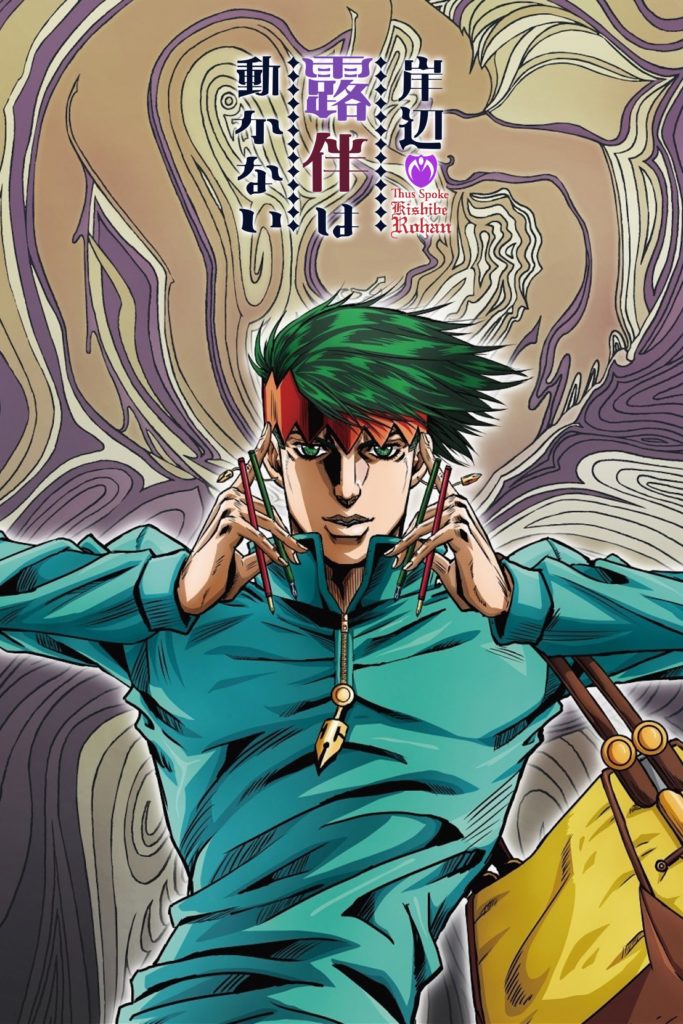
Thus Spoke Rohan Kishibe is a 2017 shounen OVA adaptation of the original 1997 manga of the same name. It is produced by David Productions and licensed by Netflix for streaming in the US. Four chapters have been animated and are available in English and Japanese audio.
Editor’s Note: This review may contain near complete to complete spoilers for Thus Spoke Rohan Kishibe and it’s source material (main and namesake).
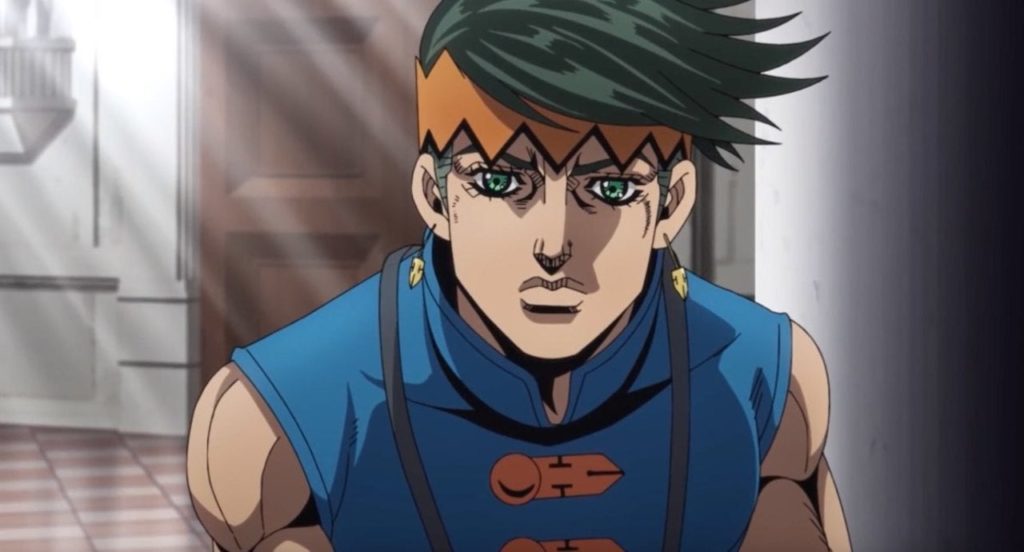
Originally debuting in Jojo’s Bizarre Adventure Part 4/Diamond is Unbreakable, Rohan started off as a villain antagonizing Koichi while pretending to be his friend. Upon meeting Josuke Higashikata and learning what happens to people who insult his iconic hairdo, Rohan while not completely turning into a hero does end up becoming a valuable asset to the Joestars of Morioh. As Koichi prepares to depart to Italy (starting the events of Golden Wind), he asks Rohan for a favor who instead decides to tell him and the others about his supposed encounters with the supernatural.

THE GOOD: The initial source to Thus Spoke Rohan Kishibe is eight chapters long and ran from 1997 to 2018 with chapters being released several years apart from one another. The anime follows a similar production schedule with the first four episodes being released within a year from each other except for the last two which were both released in 2020. The four chapters adapted in the anime are “Millionaire Village”, “Mutsu-kabe Hill”, “At a Confessional”, and “The Run”. In the first episode (in Netflix’s order) Rohan encounters Koichi who asks him to use his stand Heaven’s Door to force fluent Italian into his life story as he’s getting ready to head out to the country on behalf of the Speedwagon Foundation for a mission. Rohan decides to tell Koichi of his own time spent in Italy following his meeting of the former and the other Joestars. Rohan learns that a young man had been cursed after accidentally killing a homeless man having overheard his story when he incidentally posed as a preacher in a confessional box. The curse relays that the homeless man shall come for the young man as a cursed spirit to kill him during the happiest moment of his life. Several years pass and the young man has become insanely wealthy with a family, one day while out with his daughter he’s suddenly attacked by her who has been possessed by the homeless man now seeking his revenge. The young man tries to claim that the homeless man’s death wasn’t his fault, so the homeless man says they’ll let faith decide. He challenges the young man to catch popcorn that his daughter was eating in his mouth three times after tossing it in a high distance. The young man succeeds twice following distractions from pigeons, however on the third try he fails and has his head cut off. Rohan is about to question the validity of the man’s story before he’s stopped by the man explaining that he had switched identities with a loyal servant through surgery and the servant was the one who was killed by the spirit. It is then revealed that the servant having been tricked has also cursed the man along with the homeless man swearing together to curse him on the day of his daughter’s happiest moment in life as he continues his escape. Following this story, Rohan meets with his editor, Minoru Kaigamori asking for an advanced for work on his latest manga shocking him. He explains that he lost his money purchasing a huge piece of land in Mutsukabezaka rumored to be haunted, but scheduled for road work. He purchased the land in an effort to prevent the supposed spirit from being scared off. The supposed spirit belongs to Naoko Osato; a woman scheduled for an arranged marriage by her wealthy family but is visited by her lover Gunpei their gardener who she accidentally kills after an argument gets physical. Gunpei’s body seemingly continues to pour blood no matter what she did. When her fiancée and father come to visit Osato panics and hides the body while clearing the blood. The wound pours blood years after Osato marries everyday requiring her to clean the spill.
In the present, Rohan heads to the property where he meets a young girl. After a discussion with the girl she trips and suffers a surprising fatal wound. Rohan is stunned to see her body bleeding out profusely like Gunpei in the story. Using Heaven’s Door he looks into her past learning she is the child of Gunpei & Osato and is suffering from the effects of a generational yokai curse. Rohan rewrites the girl’s past erasing the curse and saving her life. He decides to use the story as inspiration for his new manga. Later he meets up with another editor of his, Kyōka Izumi who wants Rohan to accompany her on a trip to purchase a famous villa where the owners are notoriously strict on manners. They arrive and pick up a lost baby bird & are then greeted by doorman Ikkyū. Upon entering the home Ikkyu immediately notes that they have already failed to respect the three main rules. Kyōka begs for a second chance, but gets a call informing her that her mother and boyfriend died in a car crash together. Rohan also finds the baby bird has been killed. He quickly uses Heaven’s Door on Ikkyu learning that the villa has a direct connection to mountain gods who rewards those who succeed in following the rules and punishes those who don’t with a sacrifice of something precious. Rohan’s use of his stand causes another break in the rules which gives Kyōka a heart attack. Ikkyu gives Rohan a chance to redeem himself and Kyōka if he can properly eat an ear of corn. Rohan passes and tricks Ikkyu into failing to remain respectful of the house rules reversing the infliction of the mountain gods on Kyōka and her family. The final story is told from the perspective of male model Yoma Hashimoto who works out at the same gym as Rohan. He quickly rises to fame & success while forming a rivalry with Rohan following a competition back in the past in which Rohan cheated to win. Yoma becomes obsessed with improving his physique and steals money from his girlfriend for more high end equipment. After showcasing strange behavior on top of the stealing she kicks Yoma out. While in the gym alone Yoma challenges Rohan to the same competition they had before which is accepted. Yoma increases the stakes by breaking the glass window behind them as the speed on the treadmill goes faster killing whoever stops first. Rohan attempts to grab the remote controlling the machines, but is stopped and has his fingers broken by Yoma. The speed continues to accelerate as Yoma’s body changes. Rohan uses Heaven’s Door and learns that Yoma killed anyone that got in the way of his training including his girlfriend. Upon further investigation Rohan realizes that Yoma has become the avatar of speed god Hermes. As Yoma wins the competition Rohan uses his stand to force Yoma to stoop his treadmill instead seemingly killing him. Rohan shows regret for feeling forced to kill Yoma and likely earning Hermes’ wrath causing trouble in the future.
Thus Spoke Rohan Kishibe is an eye-opening experience in just how expansive the potential of the JoJo world can be. And as we’ve seen with recent arcs for the franchise mangaka Hirohiko Araki is not afraid to experiment with his work. Part six, Stone Ocean acts as a soft reboot for the franchise completely upon it’s climax redesigning several fan favorite characters as well as successfully introducing a new wave of main characters in between. While Rohan is focused on an already established character itself, it does build the world of JoJo without a dependency on stands. Instead opting to tackle the more supernatural elements that’s spread throughout the centered world. Something that’s consistently praised in the JoJo fandom is Araki’s use of horror for more dramatic scenes in the series. This is where ‘Rohan’ gets most of it’s inspiration from. It weirdly fits for Rohan to be surrounded by non-stand related supernatural phenomenon oddly fits his character being a mangaka and all. It’s also been suggested that Rohan is also an avatar for Araki himself within the series.
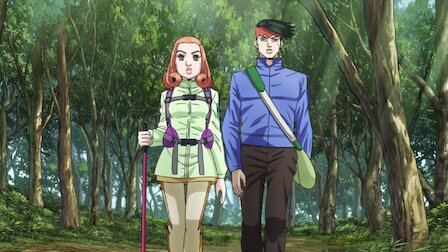
I mentioned early that Rohan while a good assist to the Joestars isn’t a full on good guy, but Thus Spoke Rohan Kishibe explores his more human side. He’s still an asshole, but he has a heart when it counts even going out of his way to save one of his editors who’s nearly killed from mountain gods. It shows his development is continuing to grow after the end of the Kira arc when he expressed his sadness for Reimi Sugimoto finally being able to move on following Kira’s defeat. ‘Rohan’ also introduces the potential of gods possibly being used in the JoJo franchise. I’m not too familiar with the spinoff material over the main canon so I wouldn’t know if they haven’t already done this. But I do think it’s odd for Araki to reference gods twice in the spinoff if he wasn’t considering having them be apart of a main storyline or spinoff down the line. If anything ‘Rohan’ proves that JoJo can indeed exist without the use of stands, as it did with Harmon before. Thus keeping the franchise’s ability to stay fresh vast and wide. In regards to the new characters introduced there’s not really much to them they were more or less minor plot devices to either introduce the story or move it forward. If Araki wants to continue with experimenting on giving other characters their own self-contained stories this could always be changed in the future.
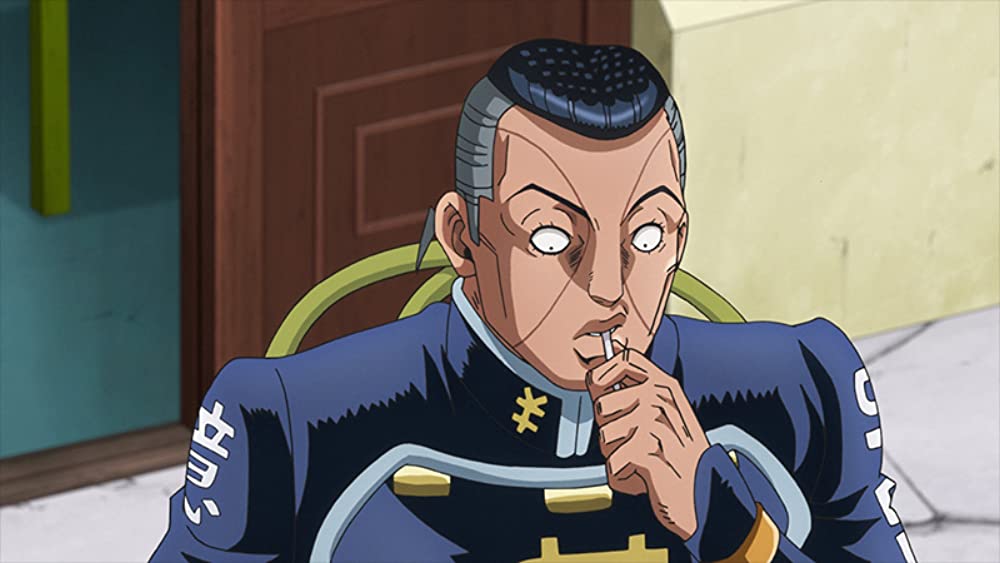
THE BAD: While not likely it’s possible that the four out of eight adapted chapters could be all there is. At least for quite a while. The COVID-19 pandemic heavily effecting the anime industry aside David Productions has been quite busy these days picking up series after series for adaptation efforts, And it’s significantly slowed down how much work they can do on the JoJo franchise. If you were expecting some decent interaction between Rohan and the core cast you’ll be rather disappointed. While some characters have voice roles in the spinoff this is very much the Rohan show and they have maybe a combined five or so combined minutes of screen time with him. Speaking of limited appearance, Josuke Higashikata does make an appearance in the spinoff. Two in fact, but they aren’t voiced which is odd. Story wise it makes a bit of sense as Rohan kind of despises Josuke so maybe it was intentional? Or maybe they couldn’t schedule Josuke’s Japanese VA for the spinoff to do lines and just cut him from having a speaking role.
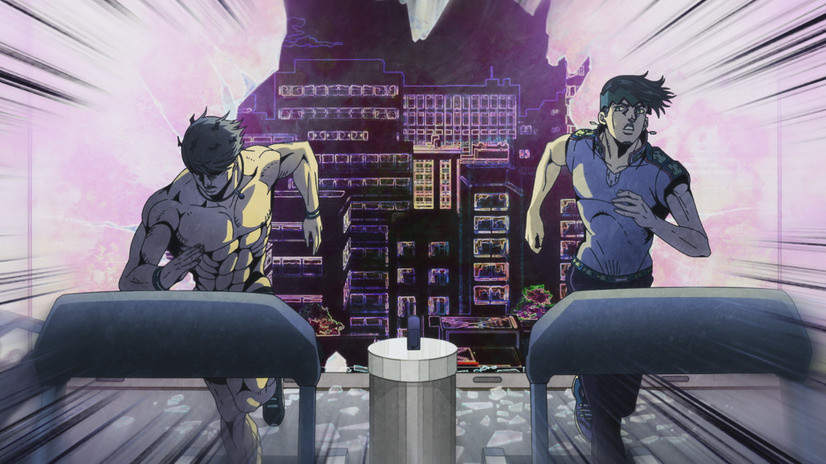
OVERALL THOUGHTS: Thus Spoke Rohan Kishibe feels like it’s job was to be more than “just another spinoff” and it succeeds with flying colors. It not only properly represents it’s namesake, but it also provides the JoJo’s Bizarre Adventure franchise with a multitude of doors to open for experimentation into new directions and the potential move away from Stands in the near future. There’s tons of JoJo material outside of the canon which could and should be animated in some point in time, including a sequel novel to Golden Wind which people still debate on the canonical relation it has to the series. It’s nice seeing a series that debuted in the 80s still having some more tricks up it’s sleeve to captivate viewers almost forty years later. Otaku Dome gives Thus Spoke Rohan Kishibe a 95 out of 100.














You must be logged in to post a comment.